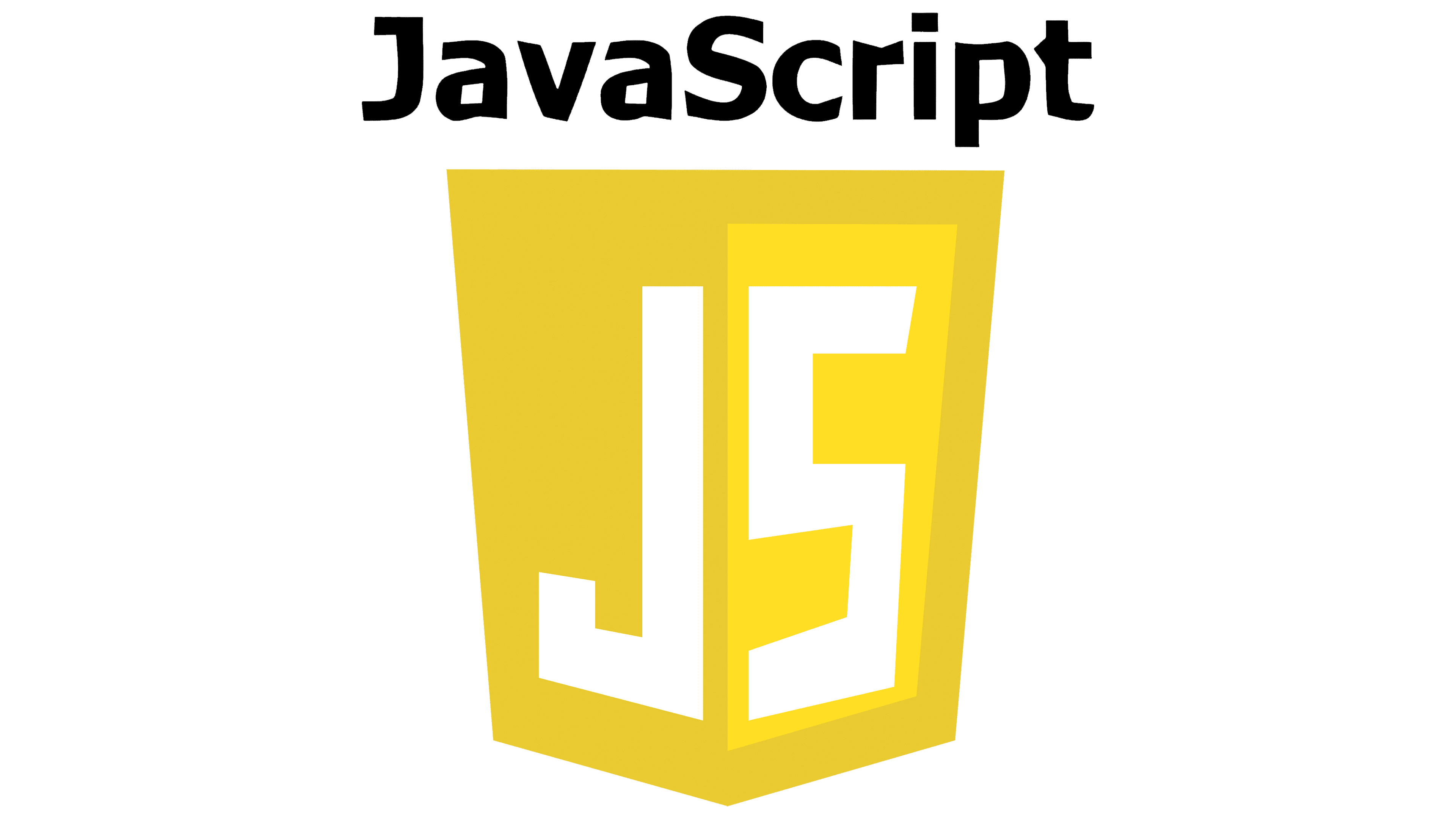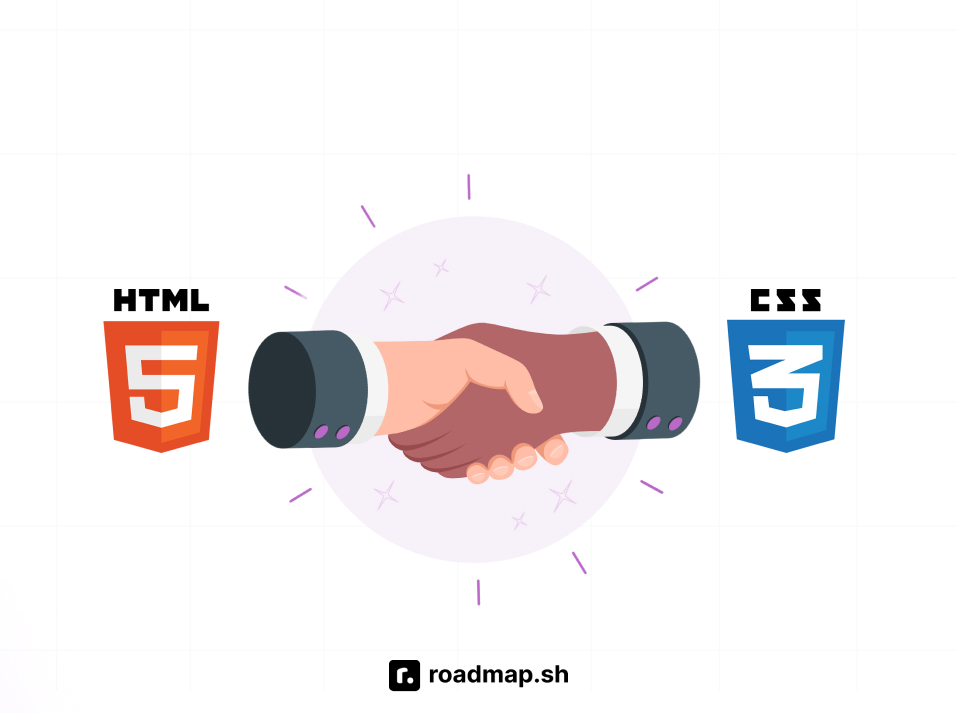In this article
13 Must-Have Java Full-stack Developer Skills in 2025
 William Imoh
Improve this Guide
William Imoh
Improve this Guide

Java has been a popular programming language for the past 28 years and remains in the top four programming languages today. This is due to its use in many Java-based platforms and the growing demand for specialized Java developers in big data, machine learning, and financial services.
If you are building web applications, the ability to work on both front-end and back-end development using Java is valuable. Fundamental and advanced Java skills such as multithreading, concurrency, JVM tuning, and object-oriented design are vital in enterprise environments.
To remain competitive as a Java developer, you must continuously improve your skill sets to meet evolving industry demands.
This guide will equip you with the skills required in 2025. You’ll understand the landscape of Java demand, adoption, diverse applications, and strategies for excelling as a Java developer. By the end of this guide, you will be confident about pursuing a Java development career.
These are the skills we will cover in this guide:
- HTML and CSS
- JavaScript
- TypeScript
- Accessibility standards and compatibility
- Java programming language
- Database management system
- Java frameworks
- Version control
- Version control providers
- Deployment mechanism
- Application Programming Interface (API)
- Web Security
- Caching
Let’s look at these points in detail.
Top skills required as Java full stack developer
The required skills can be classified into front-end (client) and back-end (server) development. As a Java full stack developer, you will be required to build applications that run seamlessly on both the client and the server.
Required skills for front-end Java development
Here are the front-end skills you should learn in 2025:
- HTML and CSS
- JavaScript
- TypeScript
- Accessibility standards and compatibility
HTML and CSS
HyperText Markup Language (HTML) is the building block for all web pages. It dictates users’ content and structure when interacting with a website or application, including text, images, videos, and more.
Whereas HTML provides the structure of web pages, Cascading Style Sheets (CSS) enhance their appearance and layout. CSS determines how the content on a web page is styled and presented, including aspects like colors, fonts, spacing, and more. Additionally, CSS helps you create responsive designs that adapt to various screen sizes.
JavaScript
JavaScript is a programming language used alongside HTML and CSS to enhance the functionality and interactivity of web pages. Whereas HTML and CSS are responsible for creating the structure and design of web pages, JavaScript adds dynamic elements such as content updates, animations, 2D/3D graphics, and other interactive features. Over the years, JavaScript has evolved significantly, introducing powerful frameworks such as React, Vue, and Angular, among others. These frameworks empower you to build software ranging from small applications to large-scale enterprise systems.

TypeScript
Typescript is an extension of JavaScript with static typing and other advanced features. TypeScript code transpiles to JavaScript and can run seamlessly wherever JavaScript runs, making it a highly versatile programming language for front-end development. The knowledge enhances your productivity by allowing you to build robust applications, detect errors, and catch issues as they happen.
Accessibility standards and compatibility
As a Java full-stack web developer, having a solid understanding of accessibility and browser compatibility is important. The knowledge enables you to create web applications usable by people with disabilities, promoting inclusivity, complying with accessibility regulations, and ensuring a solid user experience.

Required skills for back-end Java development
Here are the back-end skills you should learn in 2025:
- Java programming language
- Database management system
- Java frameworks
- Version control
- Version control providers
- Deployment mechanism
- Application Programming Interface (API)
- Web Security
- Caching
Java programming language:
A deep understanding of Java fundamentals is essential to becoming a full stack developer. Having a strong grasp of Java’s core concepts, such as classes, inheritance, abstraction, etc., is crucial for developing full stack applications running on the web or mobile platforms. Java’s versatility and robustness make it a popular choice for backend development, and proficiency in Java allows developers to build scalable and secure server-side components for their applications. Some popular database management systems are MySQL, SQL, PostgreSQL, MongoDB, and Oracle.
Database management system
The choice of database and data storage methods significantly impacts how data is retrieved and utilized in applications. You must consider various factors, such as whether to use a NoSQL or SQL database, employ stored procedures or Object Relational Mapping (ORM), and opt for self-hosting or cloud-based hosting. It’s essential to address these questions in your journey to become a full stack developer.
Java frameworks
Frameworks are pre-written and thoroughly tested collections of code, classes, components, templates, and other structures that you can utilize to streamline the development process of applications. They come equipped with standard functionalities such as security measures, data retrieval mechanisms, and predefined project structures. Leveraging frameworks allows you to build applications more efficiently without starting from scratch or recreating existing solutions.
While Java has several frameworks for building full stack applications, it’s crucial to consider each framework’s associated pros and cons, adoption rates, and how effectively they address the intended business requirements. One particularly renowned framework is the Java Spring framework, celebrated for simplifying the web development process for small-scale and enterprise-level Java applications. In addition to its user-friendliness, it boasts a vast ecosystem and a thriving community of developers.
Version control
Version control systems facilitates teamwork by allowing you and your team members to collaborate on a project simultaneously. It enables the management of changes to code and files over time without disrupting the workflow.
In your full stack journey, it’s crucial to grasp version control features like branching, pull requests, merge requests, commits, commit history, and more.
Version control providers
One of the essential Java full stack developer skills is familiarity with popular providers like GitHub offer unique tools, such as user interfaces (UIs) and Command Line Interfaces (CLIs), for individuals and organizations to effectively manage and collaborate on code. Additionally, they offer a platform to search for and contribute to open-source projects, serving as a valuable resource for your learning and giving back to the community.
Deployment mechanism
The ultimate objective of application development is to deliver accessible solutions to end users. Deploying software involves various steps, such as packaging, configuring, releasing, and monitoring. Although these processes can overlap and business requirements may evolve, it is crucial to establish a reliable mechanism for building, testing, and deploying code to meet the desired objectives.
In your journey as a full stack java developer, your responsibilities extend beyond creating applications. You must have a good understanding of tools such as Docker, Kubernetes, and Jenkins and be proficient in DevOps best practices. Additionally, familiarity with popular cloud platforms like Azure, AWS, and GCP is essential for efficient deployment and scalability of applications.
Application Programming Interfaces (APIs)
APIs are rules and protocols that allow different software applications to communicate with each other. They give access to services or functionality other software systems provide, enabling developers to integrate these capabilities into their applications without understanding the underlying implementation details. A solid understanding of how APIs work, the standards they follow, and how they are exposed for utilization is important in full stack development.
Web security
One of a Java developer’s key skills is having a good understanding of how to protect web resources. Knowing when to utilize tools like JSON Web Token (JWT), OAuth, and API security best practices is crucial. Deciding when to build solutions from scratch or leverage third-party offerings based on project requirements is key to successful development.
Caching
Caching is the process of storing data so that future requests for that same data can be served faster. It typically involves using temporary storage that sits between the front-end and the back-end. Caching speeds up application performance, increases efficiency, and enhances overall user experience. As a Java full-stack developer, having a solid understanding of caching techniques and technologies like Redis is crucial.
How to stand out as a Java full stack developer
While mastering front-end and back-end technologies forms the core competencies for building an application as a Java full stack developer, it’s crucial to recognize that the technology landscape is dynamic, and business requirements evolve accordingly. Here are some additional skills that can be beneficial to you:
- Java Virtual Machine (JVM)
- Jakarta Server Pages
- Front-end frameworks
- Design patterns
- Community
- Soft skills
- Continuous learning
Java Virtual Machine (JVM)
The JVM is a virtual machine that loads, verifies, and executes Java programs. It enables Java applications to run on various devices while providing security and optimizing program memory usage. A good knowledge of JVM’s operation can empower you to build faster, safer, and more memory-efficient applications.
Jakarta Server Pages
Jakarta Server Pages (JSP), previously known as Java Server Pages, is a suite of technologies that enables you to generate dynamic web pages. It facilitates the integration of Java code within static web markup, which is then compiled and executed on the server to deliver dynamic web applications.
Front-end frameworks
While Java can work with HTML, CSS, and JavaScript, there are scenarios where businesses need a clear separation between front-end and back-end development. This requirement could arise from diverse factors such as deployment strategies, continuous delivery pipelines, virtual (2D/3D) rendering demands, dynamic user interfaces, and performance optimizations. Therefore, knowledge of popular JavaScript frameworks like React, Vue, Angular, etc. is critical for building scalable user interfaces.

Design patterns
Design patterns are proven approaches to solving specific design challenges and promoting code reusability, maintainability, and scalability. A solid understanding of software architecture patterns like dependency injection, factory method patterns, builder patterns, etc., will prove invaluable when addressing common software design problems encountered during application development. These patterns provide developers with established solutions and best practices for effectively structuring their code and solving recurring design issues.
Community
As the popular saying goes, “a tree cannot make a forest.” While it might be tempting to work in isolation and tackle all development tasks alone, it’s essential for you to join communities that encourage collaboration, peer learning, and staying updated on the latest developments.
A great community to join is the roadmap.sh Discord community, where you can connect with like-minded individuals who share your passion for development.
Soft skills
In addition to technical expertise, soft skills play a vital role in the development pipeline. Despite the advancements in AI shaping the technical landscape, human-centric soft skills remain highly valued. Machines may not fully grasp human needs, making empathy, critical thinking, and effective communication with business stakeholders indispensable qualities for you as a Java full stack developer.
Continuous learning
Frameworks, libraries, technologies, modes of adoption, and business requirements will continue to evolve. It is important you stay curious, continuously learn, and keep up with the latest developments in the Java ecosystem, which is huge.
While staying informed about changes in the ecosystem can be overwhelming, especially with information from various sources like blogs, online training, bootcamp courses, etc., there’s a reliable and regularly updated platform for Java resources: Java Developer Roadmap.
Java’s adoption in the real-world
Developed by James Gosling at Sun Microsystems in the 1990s, Java initially targeted interactive television but transitioned to Internet programming for its advanced features. The public release of Java 1.0 in 1996 introduced “write once, run anywhere” (WORA), offering no-cost runtimes across platforms and revolutionizing software development. Since then, Java has evolved significantly with numerous versions, runtimes, and platform support.

The WORA mantra empowers developers to write Java programs that are capable of running on any device. These programs are compiled into standard bytecode, which allows them to execute on any device equipped with a Java virtual machine. Due to its seamless cross-platform compatibility, Java has been widely adopted for building applications on various platforms, including web, mobile, and other digital devices. Below are some areas where Java has been massively adopted beyond its general usage:
Java in virtual reality, augmented reality, and mixed reality
Java has also been widely adopted for building applications that support interactivity and immersive experiences, particularly in the realms of virtual reality (VR), augmented reality (AR), and mixed reality (XR).
For example, in e-commerce, full stack developers can use Java’s capabilities to create realistic and virtual environments that allow customers to visualize how different clothing items and footwear will look on them before making a purchase.
Java in AI
Another field in which Java is gaining adoption is AI. Java’s maintainability, object-oriented approach, enhanced security, garbage collection, and platform independence have positioned it as a vital tool for modeling and powering AI applications. These features make Java well-suited for developing robust and scalable AI solutions that can effectively handle complex data processing and analysis tasks.
What is the demand for Java developers?
According to Statista, Java is one of the most widely embraced programming languages among developers, owing to its speed, security, and reliability. Its versatility has led to widespread adoption across industries, including big data, banking, retail, and stock markets.

Based on the recently concluded Stack Overflow survey, it was found that 30.49% of the respondents utilize Java in their professional endeavors, while 35.17% are in the process of adopting Java to fulfill their programming needs.
Moreover, the demand for Java developers is projected to continue rising, with over 40% of recruiters actively seeking professionals skilled in Java programming.
In summary, a Java full stack developer needs expertise in front-end technologies (such as HTML, CSS, JavaScript, and WebSocket) and back-end skills (including Database management, Java frameworks, version control, version control providers, APIs, caching, etc.). These skills are essential for building comprehensive applications and ensuring seamless communication between the client and server sides.
With billions of devices using Java across various platforms and its extensive adoption in big data, AI, VR/AR/XR, and more, the demand for Java developers is significant. This demand will persist for maintaining and developing new Java applications. Java’s ease of use, robustness, and scalability make it a top choice among developers, ensuring its relevance today and as technologies evolve.
Whether you’re just getting into the field or an experienced developer aiming to stay updated with technological advancements, roadmap.sh’s Java roadmap is an invaluable resource. Moreover, you now have the opportunity to generate your roadmap with AI, follow and track your progress, showcase your skills, and become part of a supportive community by signing up on roadmap.sh platform.






